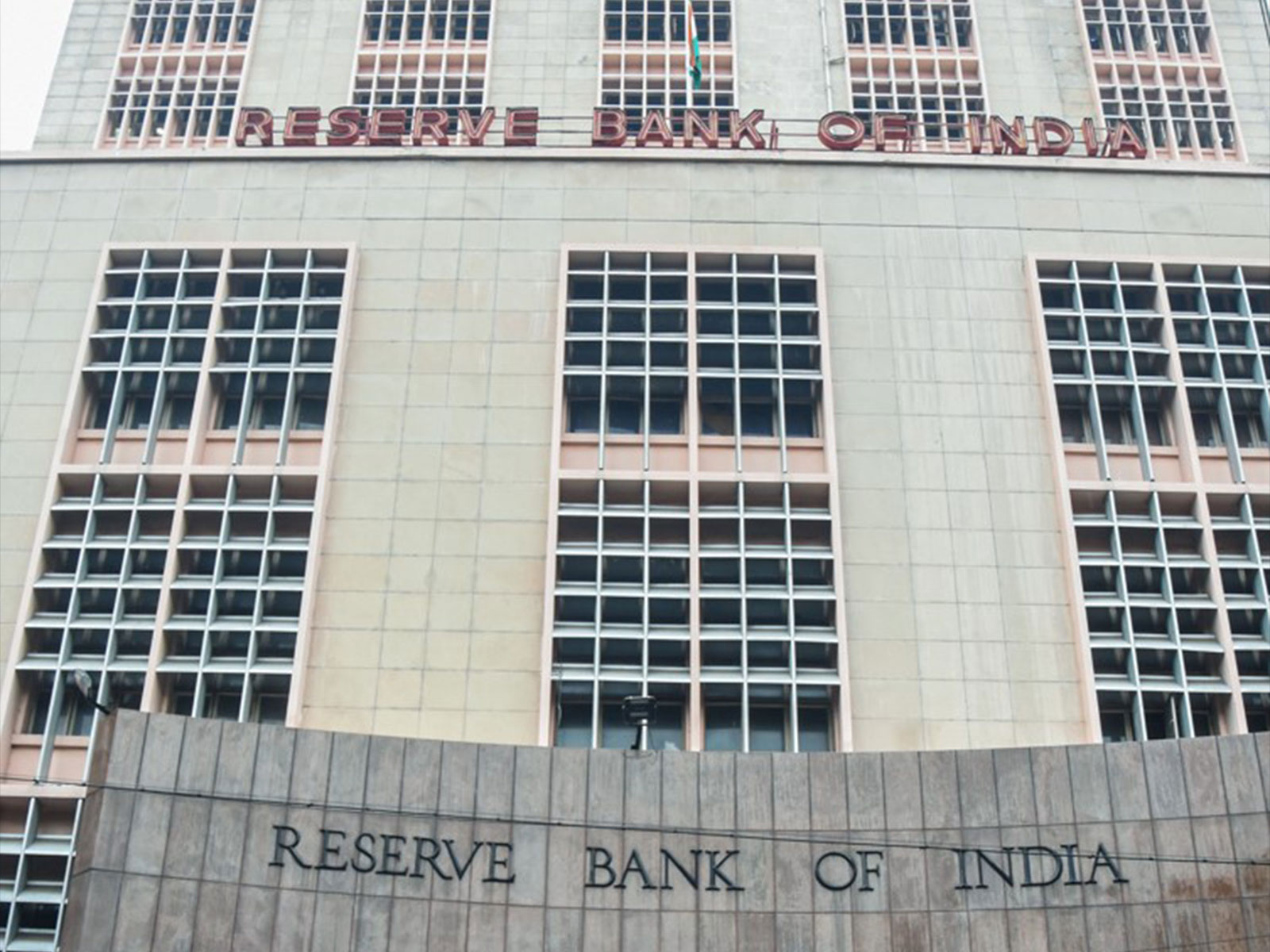RBI Eyes Rate Cut Amid Easing Inflation: Kotak Report
The Reserve Bank of India (RBI) may cut rates by 25-50 basis points as inflation eases, thanks to lower food prices and GST cuts, says Kotak Securities. The report emphasizes the central bank's need to support growth despite external tariff challenges while maintaining a cautious monetary stance.

- Country:
- India
In a significant analysis by Kotak Securities, the Reserve Bank of India (RBI) is projected to potentially announce a rate cut ranging between 25 to 50 basis points in the near future. This expected move is attributed to easing inflation, predominantly driven by lower food prices and recent Goods and Services Tax (GST) cuts.
The report underscores the scope for additional monetary easing to bolster economic growth, amidst prevailing external challenges like tariffs and trade issues. However, it indicates that the timing and magnitude of any rate cut will be critical for maximizing the impact of such monetary policy adjustments.
Following an unchanged rate stance in October, the RBI displays caution regarding possible inflation risks in FY27, while striving for full transmission of prior policy measures. The RBI's October session kept the repo rate at 5.5 percent and maintained a "neutral" stance, with related facilities also left unchanged.
The report contrasted the October policy approach against August's, noting a dovish tone with potential rate cuts aligned to economic conditions. It highlighted a 1.5 percent dip in consumer inflation in September, affected by food price drops, and observed the evolving effects of GST rate cuts within the CPI readings.
Revised inflation forecasts have been marginally lifted, predicting 2.1 percent for FY26 and 4.1 percent for FY27. The analysis concludes emphasizing the RBI's policy direction should strategically balance growth facilitation while managing inflation expectations.
ALSO READ
-
BoE's Critical Interest Rate Decision Amid Inflation Uncertainty
-
Spain's Lottery Sellers Call for Change Amid Inflation Woes
-
Teen Victim in Malkangiri: A Disturbing Incident
-
MP Tejasvi Surya Challenges Bengaluru Metro's Exorbitant Fare Hike
-
Supreme Court Upholds Arbitral Award in Favor of Anglo American Coal









